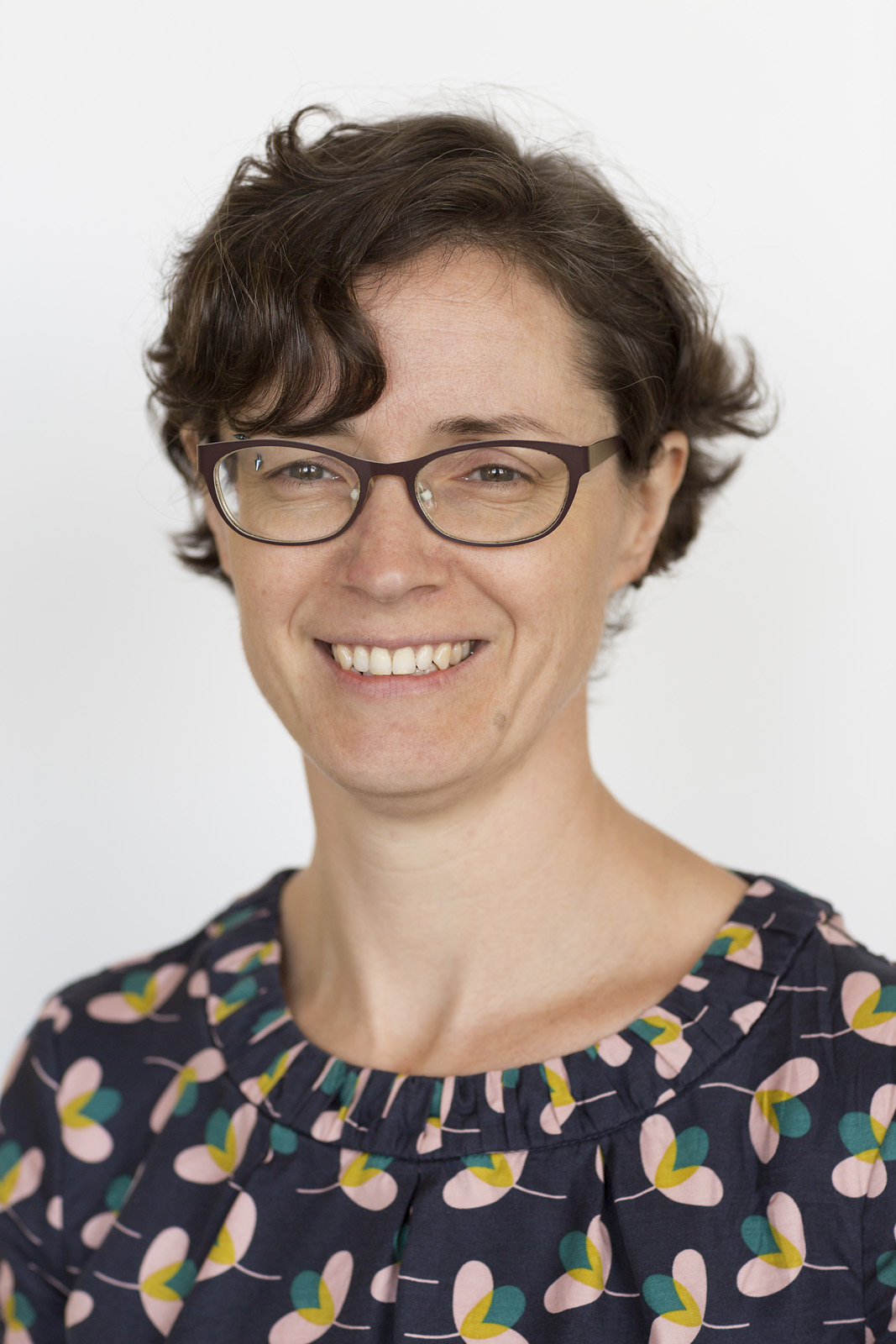
Biography
Prof Sarah Brough is Head of School of Physics at UNSW. Prof Brough has recently led Australia into a new astronomical survey of the southern sky, securing ARC LIEF funding for 235 Australian astronomers to access the Vera C. Rubin Observatory's Legacy Survey of Space and Time (LSST). She has been a key member of three major Australian-led surveys of galaxies, and has published over 280 research papers examining how galaxies have changed over...view more
Prof Sarah Brough is Head of School of Physics at UNSW. Prof Brough has recently led Australia into a new astronomical survey of the southern sky, securing ARC LIEF funding for 235 Australian astronomers to access the Vera C. Rubin Observatory's Legacy Survey of Space and Time (LSST). She has been a key member of three major Australian-led surveys of galaxies, and has published over 280 research papers examining how galaxies have changed over time. LSST will open up novel avenues of investigation across all astronomical research areas, including very faint signatures of galaxy formation. Prof Brough is particularly interested in the faint starlight around galaxies, either as intracluster light or tidal features, which provides a previously invisible level of information on galaxy histories.
Prof Brough joined UNSW's School of Physics in January 2017 as a SHARP hire and was Research Director 2018-2020 and 2024-2025. She represents Australia on the intergovernmental European Southern Observatory Council and was the inaugural Australian Science Lead for LSST (2018-2024) and Australian representative on the science advisory committee of the Giant Magellan Telescope, a next-generation telescope under construction in Chile (2017-2019). As the former chair of the Astronomical Society of Australia's Inclusion Diversity and Equity in Astronomy Chapter, she is a keen advocate for diversity in science and was Associate Dean of Equity, Diversity and Inclusion in UNSW's Faculty of Science in 2020.
If you are interested in studying with Prof Brough please send an email advising your research experience with astronomy and attaching your CV and transcript.
My Awards
Australian Research Council Future Fellowship (2015-2020)
2019 Dean of Science’s Staff Excellence Award for Collaboration and Partnership
2019 ARC UNSW Outstanding Research Supervisor Award
My Research Activities
I am an observational astronomer and lead a research group that tackles a broad range of outstanding questions in Galaxy Evolution, focussing mainly on optical observations of nearby galaxies.
The core of my research is understanding how galaxies change with time (evolve), and how that change depends on the environment they are found in. I am particularly interested in the changes experienced by the most massive galaxies in the Universe which represent the most extreme result of galaxy formation.
Vera C. Rubin Observatory's new Legacy Survey of Space and Time (LSST) will be transformational, opening up novel avenues of investigation across all of astronomy, including galaxy evolution.
The hierarchical structure formation paradigm requires that galaxies form and evolve through the merging and accretion of earlier generations of galaxies. But the observational details of those interactions are still not understood. The interactions in a galaxy’s past leave faint traces, visible in the form of diffuse, low surface brightness structures of stars: tidal features and intracluster light. However, these features are hundreds of times fainter than the dark night-sky making them difficult to detect, and so these faint markers of galaxy evolution have remained largely unexplored.
LSST will commence in 2025 and survey the whole southern sky until 2035 achieving unprecedented depths in 6-optical bands. LSST will reveal low surface brightness light over large regions of the sky for the very first time. This will reveal the features that will answer the question of how galaxy interactions drive galaxy evolution for the first time and so provide real insight into the hierarchical structure formation paradigm that underpins galaxy evolution. I led the LSST Galaxies Science Collaboration Low Surface Brightness Working Group on this subject from 2018-2022 (https://sites.google.com/view/lsstgsc/working-groups/low-surface-brightness-science) and we are currently preparing to undertake this research through four preparatory Challenges. My team are using Hyper-Suprime Cam observations from the Subaru Telescope to gain insights into this subject and prepare for LSST.
I talk more about my research in this video: https://www.youtube.com/watch?v=vVOLe1qYXOY and here too: https://youtu.be/-TNyu5-nEo8 .